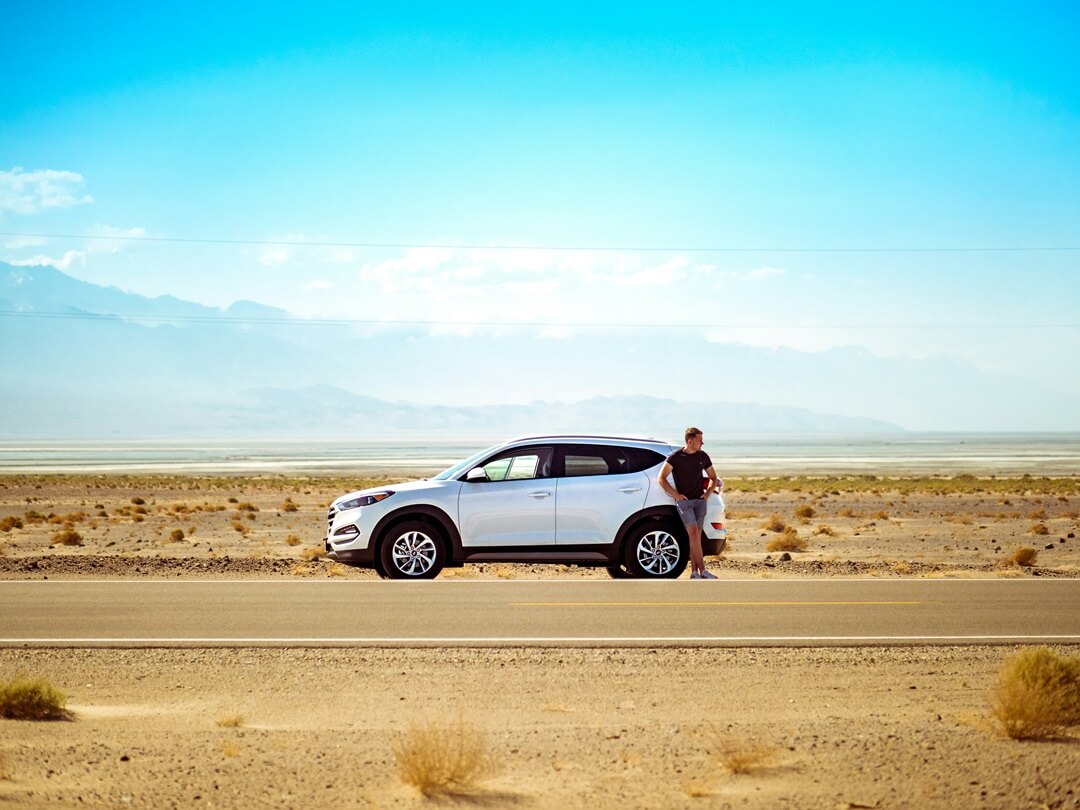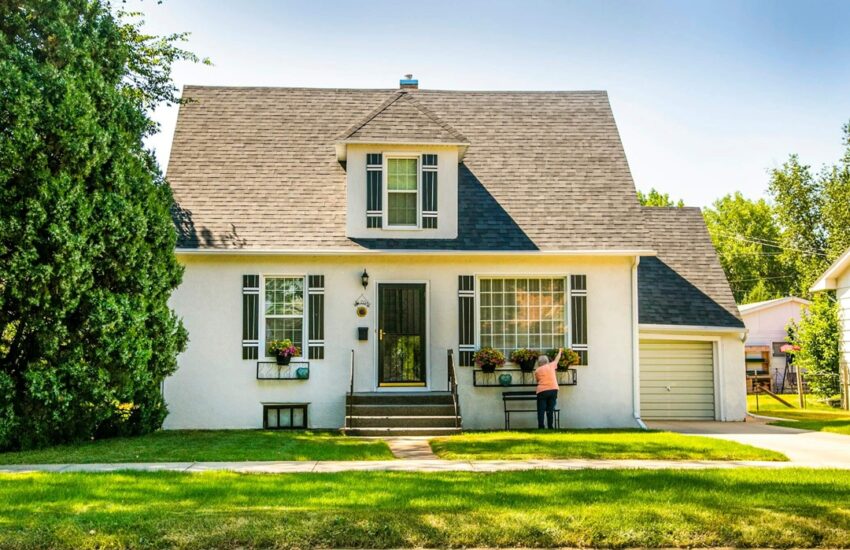What Does Car Insurance Cover?
Car insurance covers injuries and property damage you cause but other coverage options are available.
Most auto policies have several types of car insurance coverage and each pays for different expenses that may come up after an accident. For example, one part of your policy covers your vehicle repairs and another covers damage to another driver’s vehicle.
Each type of coverage also has a limit the maximum amount your policy will pay out after an accident. You can increase or decrease some coverage amounts on your policy but others are based on the value of your car.
Knowing what car insurance covers helps you choose what you need and don’t need to pay for.
What is car insurance?
Car insurance is financial protection for you after an accident. It can pay for medical bills, property damage and expenses you could be held financially responsible for after a car crash. If you cause an accident your insurance policy would cover the property damage and medical bills of other drivers involved up to your policy limits; if you didn’t have car insurance you’d have to pay for all of this out of your own pocket.
Almost every state requires a minimum amount of auto insurance to drive in the state and that typically includes liability insurance. But most insurance companies offer other coverage types that aren’t required but can help in many situations. For example comprehensive insurance is a type of coverage that pays out if your vehicle is totaled in a flood or wildfire but it’s optional to have.
Since auto insurance helps with the financial burden after an accident having optional coverage types on your policy can reduce the amount you’re responsible to pay in the event of a crash. But adding more coverage types means your policy will cost more. That’s why it’s good to know what car insurance covers before you buy a policy or submit a claim.
What does car insurance cover?
some of common scenarios each type of insurance will cover:
Required car insurance coverage. Each state has minimum car insurance requirements so check what you need in your state. (New Hampshire and Virginia are the only two states that don’t require you to buy coverage.) Liability insurance which pays for expenses due to an accident you cause is the minimum required coverage in every state. This covers medical bills for the other driver and property damage but not your vehicle.
Accidents with no other driver. You may need to file an insurance claim for damage to your vehicle after a collision with something other than another car. Collision insurance covers many types of incidents like hitting a fence or utility pole or rolling your vehicle. Collision insurance also covers damage to your vehicle if you hit another car.
Acts of God. Some things that can damage your vehicle are out of your control and comprehensive insurance pays for those. Comprehensive insurance covers damage from Mother Nature (hail, flood, tornado, etc.) and her minions (hitting a deer, groundhog, bison, etc.). It also covers vandalism, theft and falling objects.
Extended medical coverage. Medical payments coverage, or MedPay, covers your medical expenses after an accident no matter who is at fault. You may also be required to buy personal injury protection, or PIP. This type of coverage pays for your medical expenses after an accident as well as lost wages or funeral expenses if needed.
Other driver doesn’t have enough car insurance. Uninsured motorist coverage and underinsured motorist coverage both pay for damage caused by drivers with not enough car insurance to pay for your medical or repair bills. Uninsured motorist coverage applies when the other driver has no insurance; underinsured motorist coverage helps when the other driver’s policy limits don’t cover the full cost of the accident.
Money you still owe on your vehicle. Car costs and interest rates can make it hard to pay off your loan. So what if you damage or total a vehicle you still owe money on? Gap insurance pays the difference between what your car is worth and what you owe on it. (You may also be required to buy gap insurance if you are leasing a vehicle.)
Additional coverage options
Your insurance company will cover a claim but every driver is different. That’s why it’s your responsibility to make sure you have the coverage you need.
After reading the list above you may have noticed there are a lot of situations where car insurance helps if you added coverage only. Here are a few more scenarios your auto insurance might cover:
- Cost of a rental car if your vehicle breaks down.
- Roadside assistance including towing.
- Driving for a rideshare service like Lyft or Uber.
- Damage to modified or custom parts you added to your vehicle.
- The full value of a classic or antique vehicle.
- Using your vehicle for business or commercial use.
What car insurance doesn’t cover
There’s a lot your car insurance covers especially if you add a few of these additional coverage types. But even if you add all the coverage available in your policy there will still be some things not covered by your insurance.
Here are a few things car insurance policies don’t cover:
- Exceeding your policy limits. In most cases your insurance won’t cover injuries or property damage you cause that’s above your liability limits.
- Car maintenance (oil changes, mechanical repairs)
- Personal items that are damaged in an accident or stolen
- Pre-owned damage. If you buy a used car and find out it needs repairs you will be responsible for those costs.
- Electrical wear and tear. Insurance will cover electrical repairs in some cases — mainly if it’s an accident. But that’s usually not wear and tear.
- Intentional damage. Your insurance won’t cover damage to property or people on purpose. But a comprehensive policy will cover intentional vandalism to your car by someone else.
Now that you know what your car insurance doesn’t cover you should have an idea of where you’ll be on the hook for the bills. But knowing what your car insurance does cover will help you decide which auto insurance makes sense for you.
And with that, you can compare car insurance rates between providers to get the best deal for what you need.



